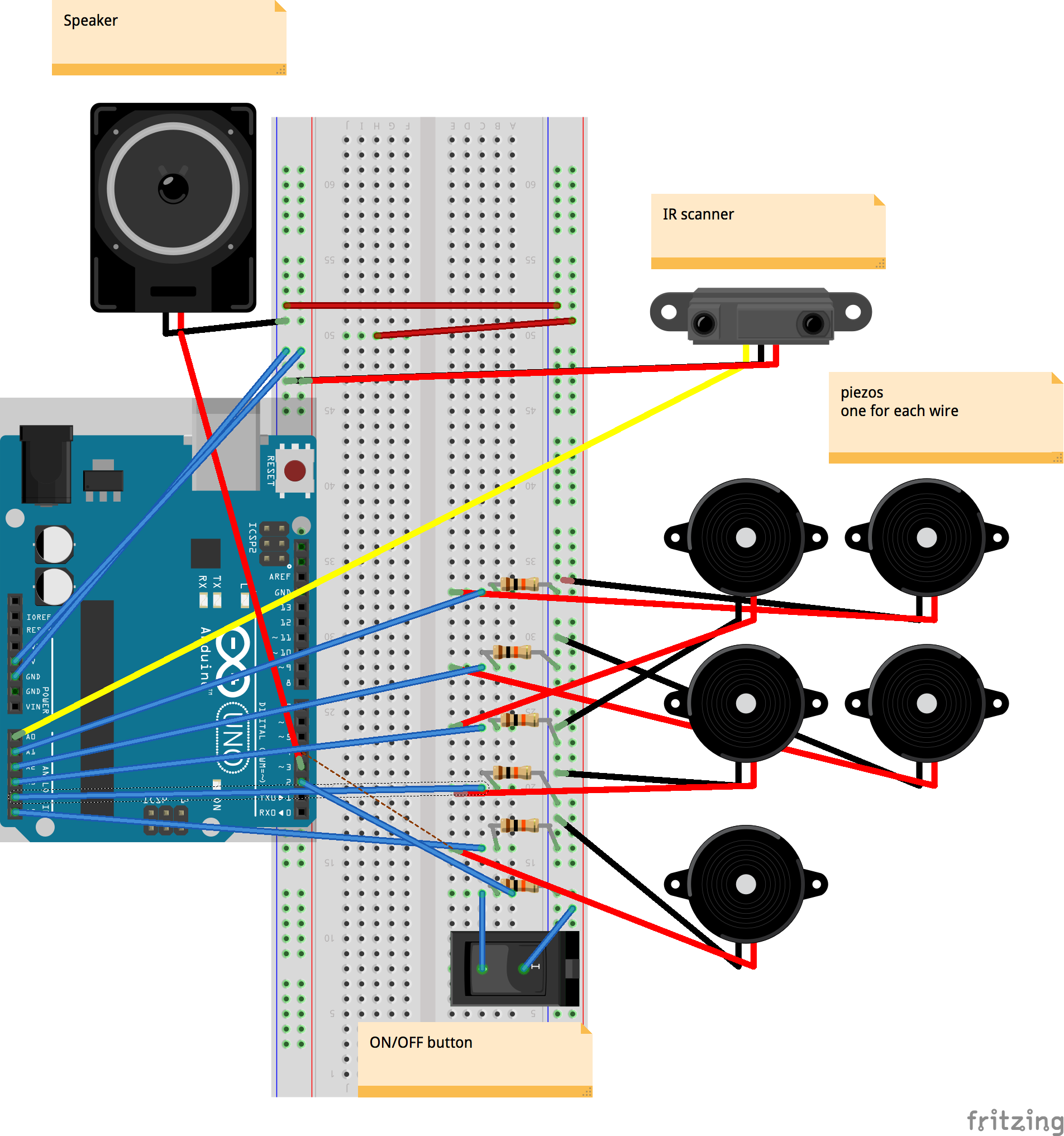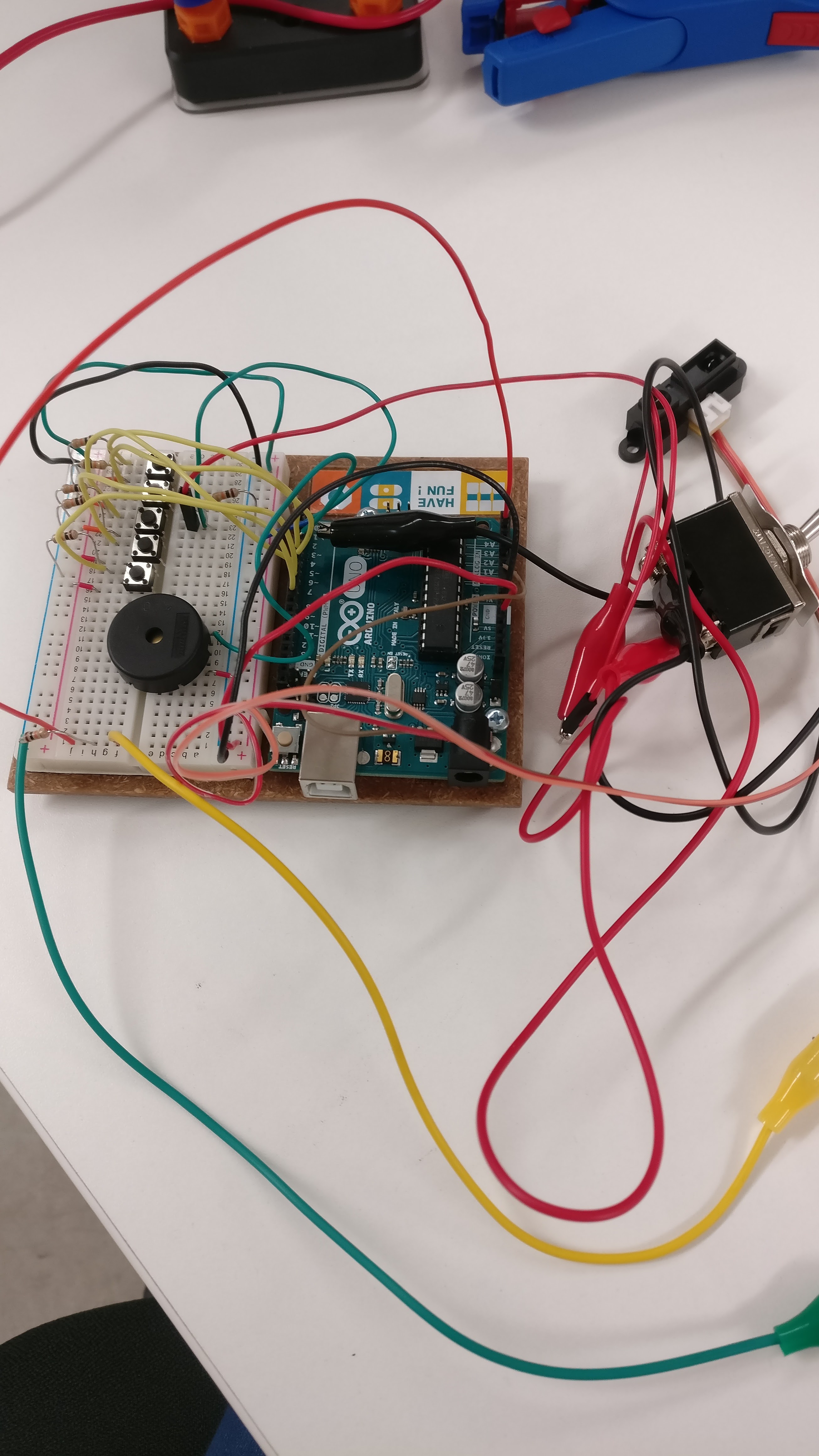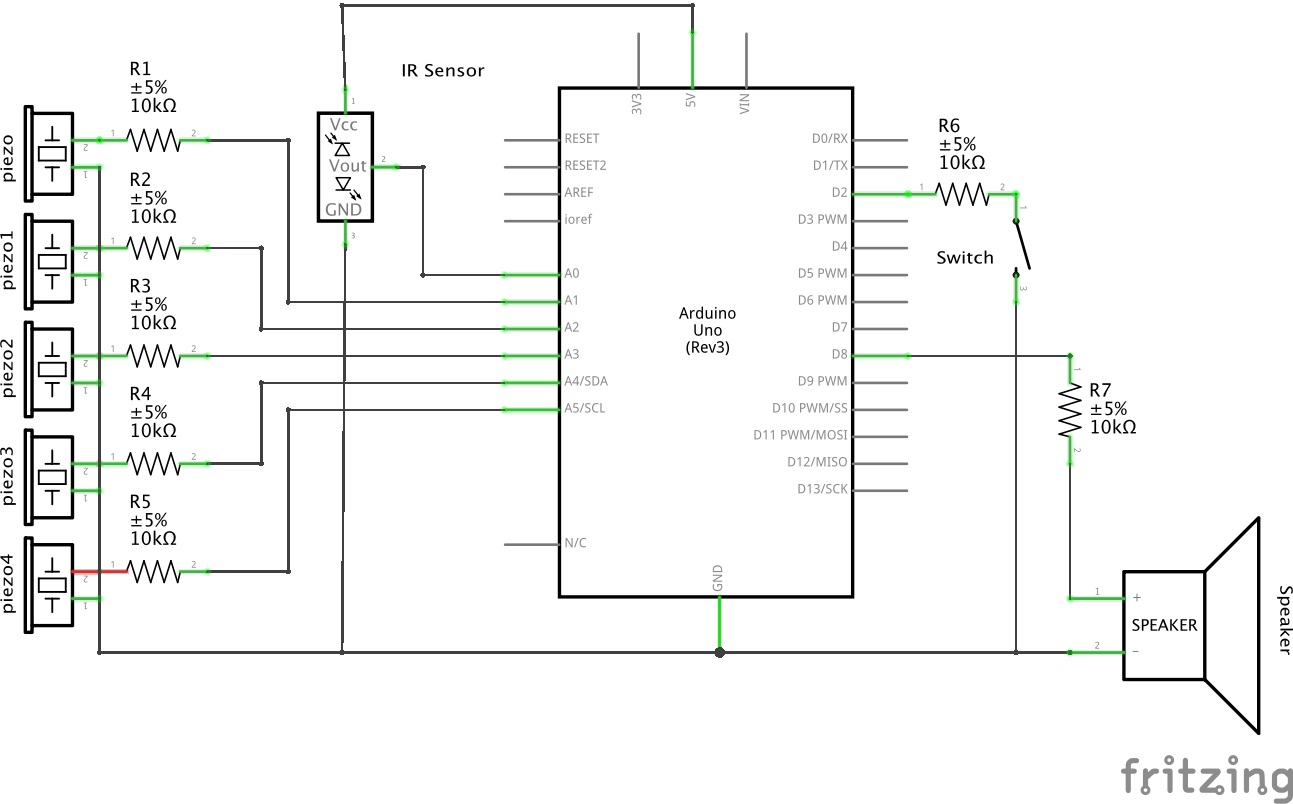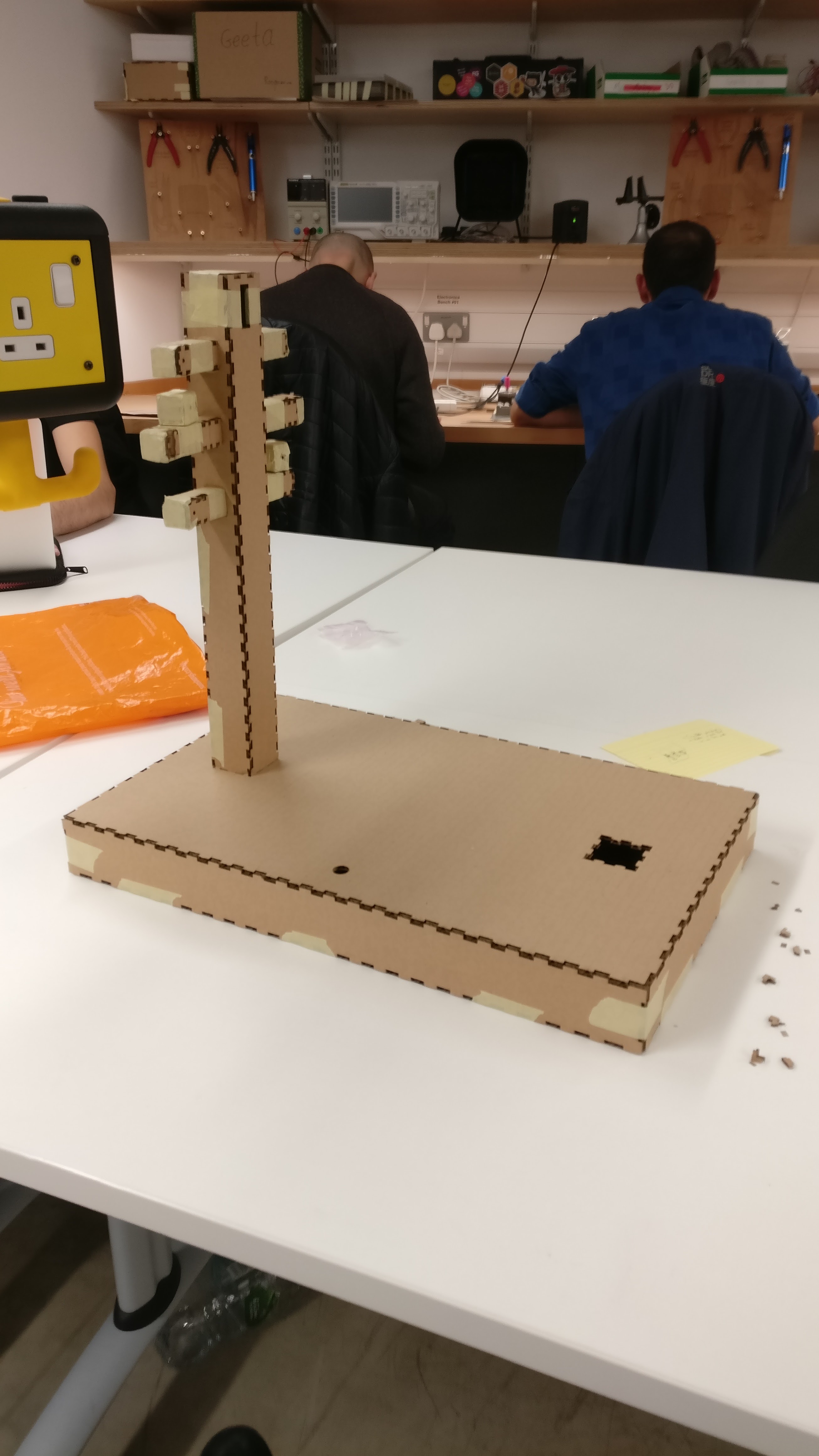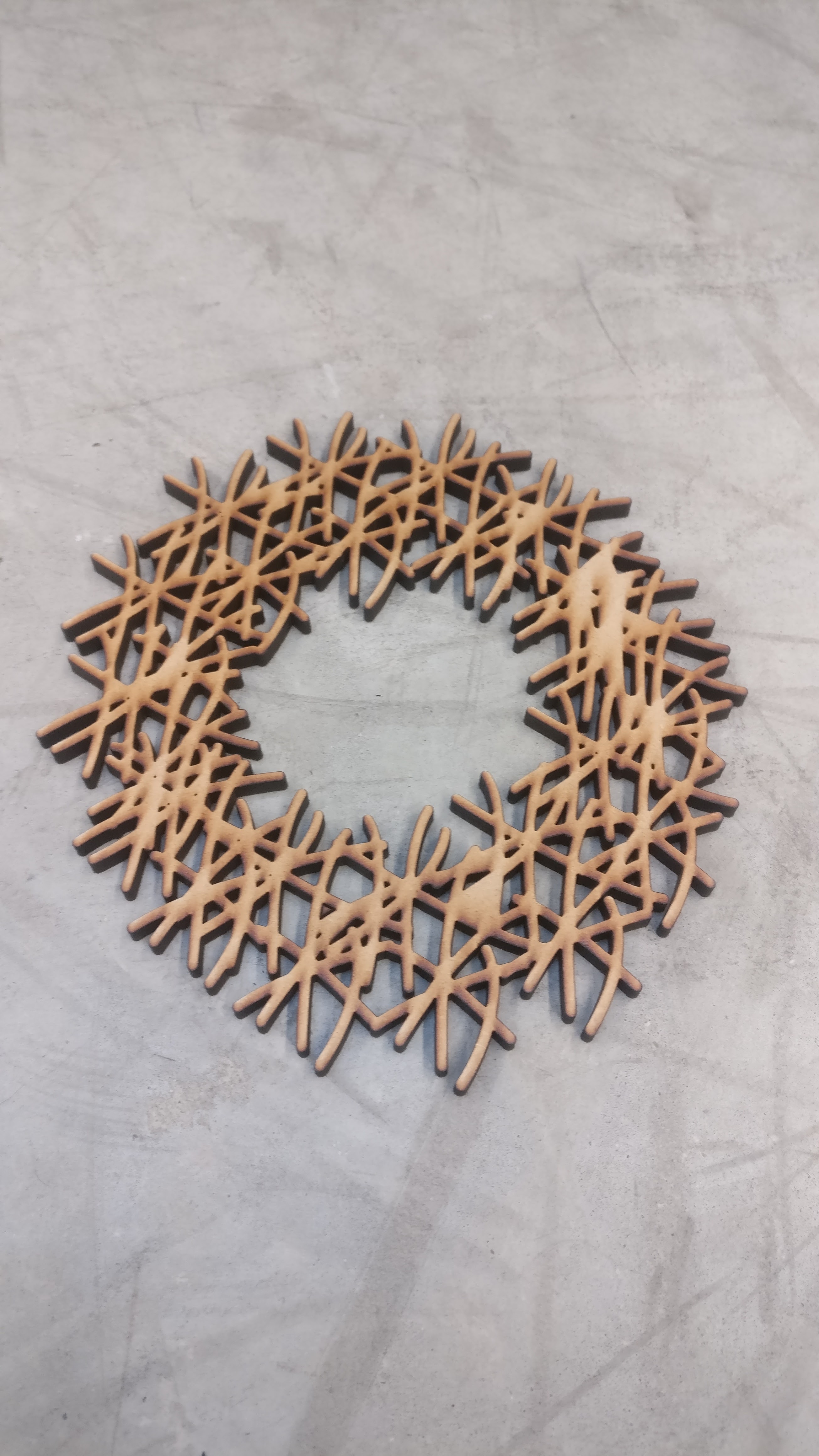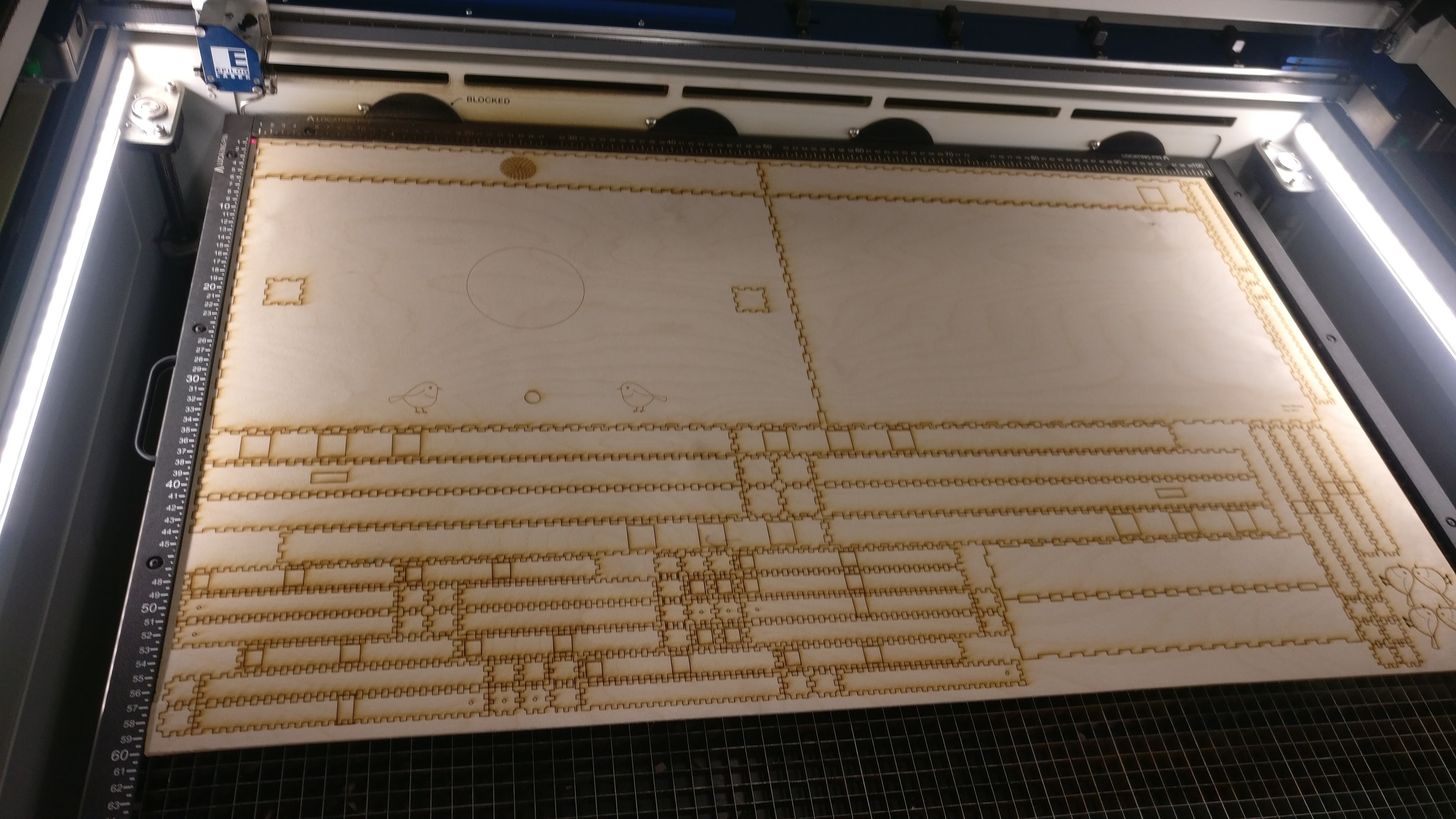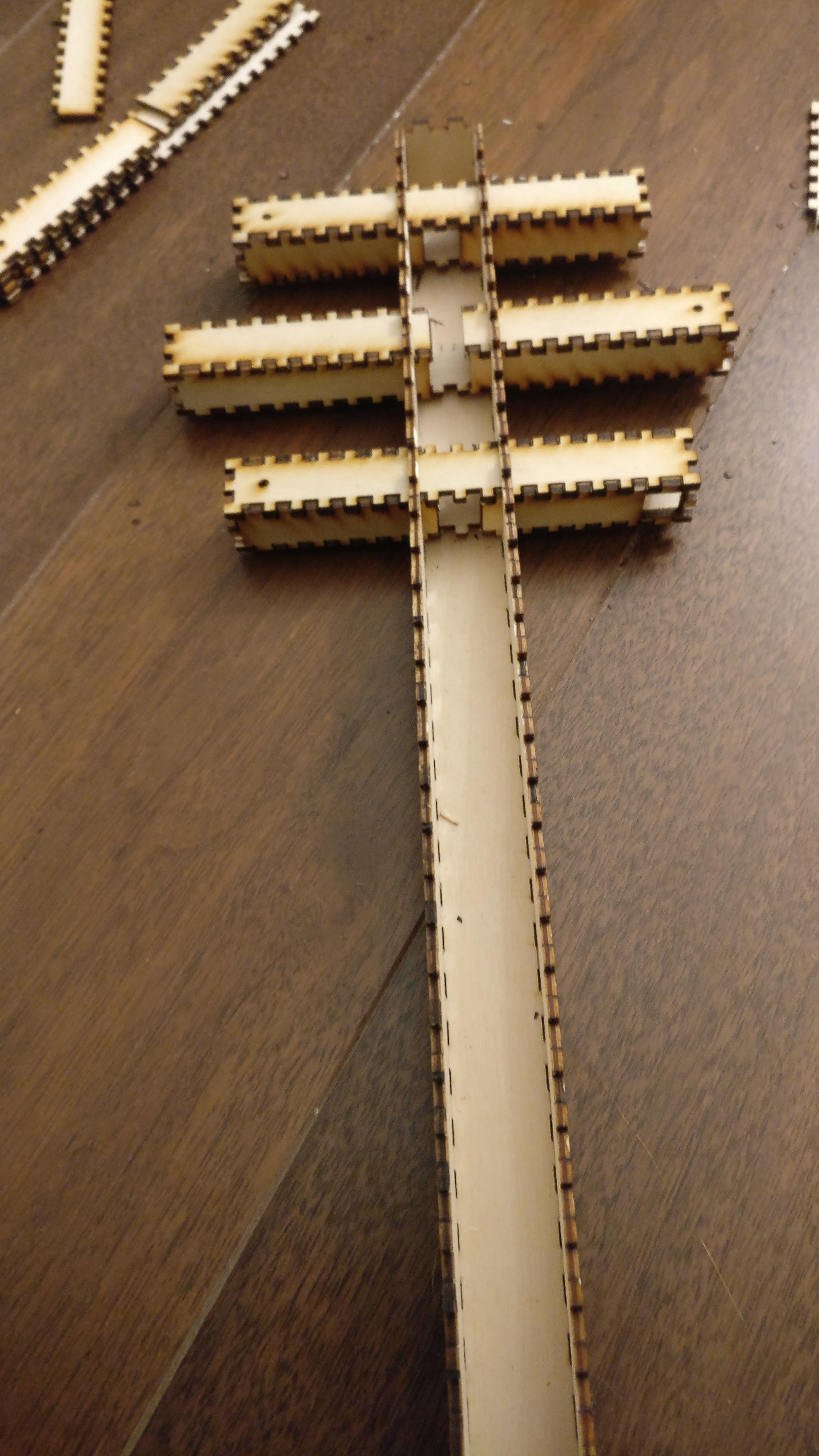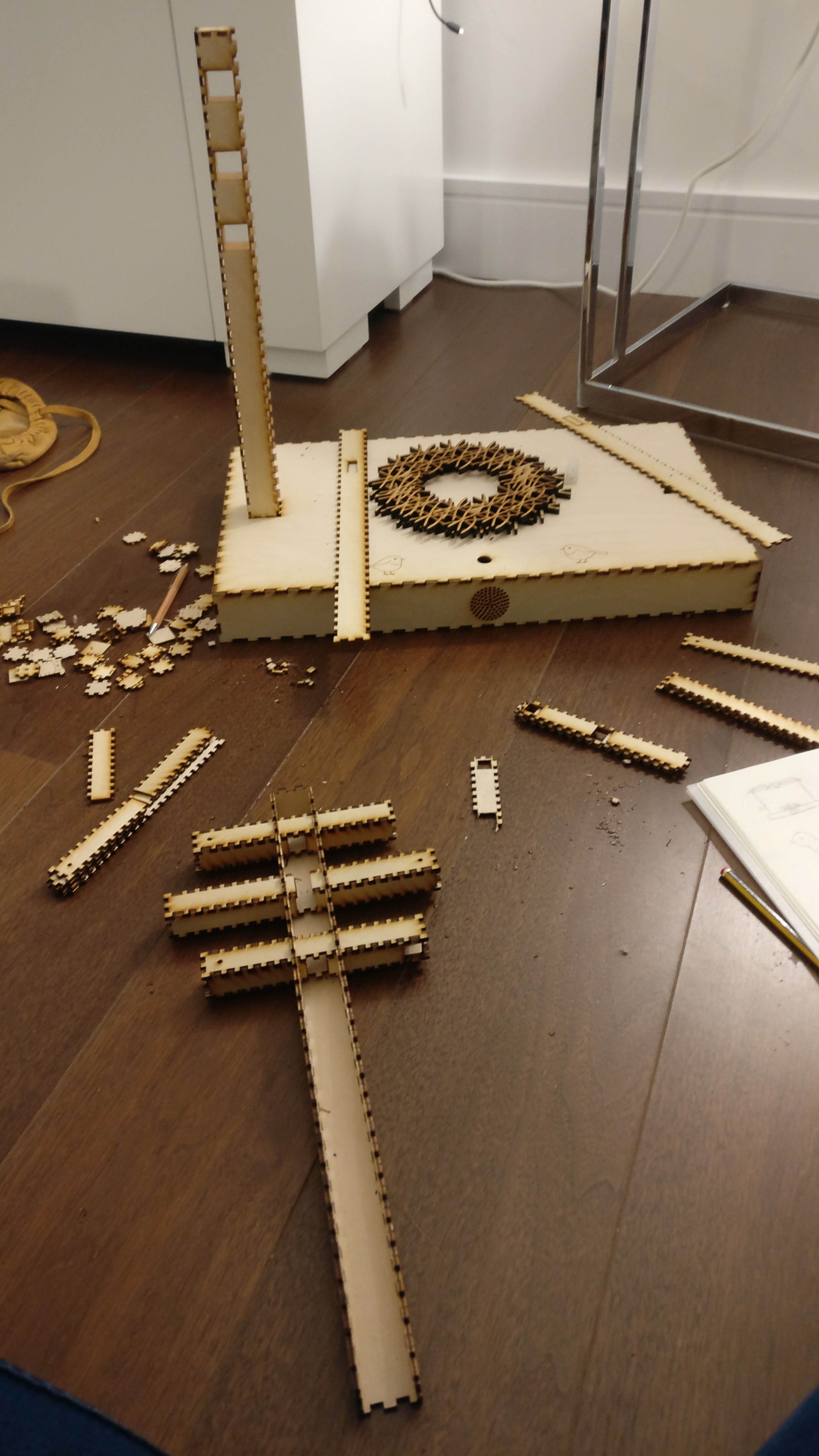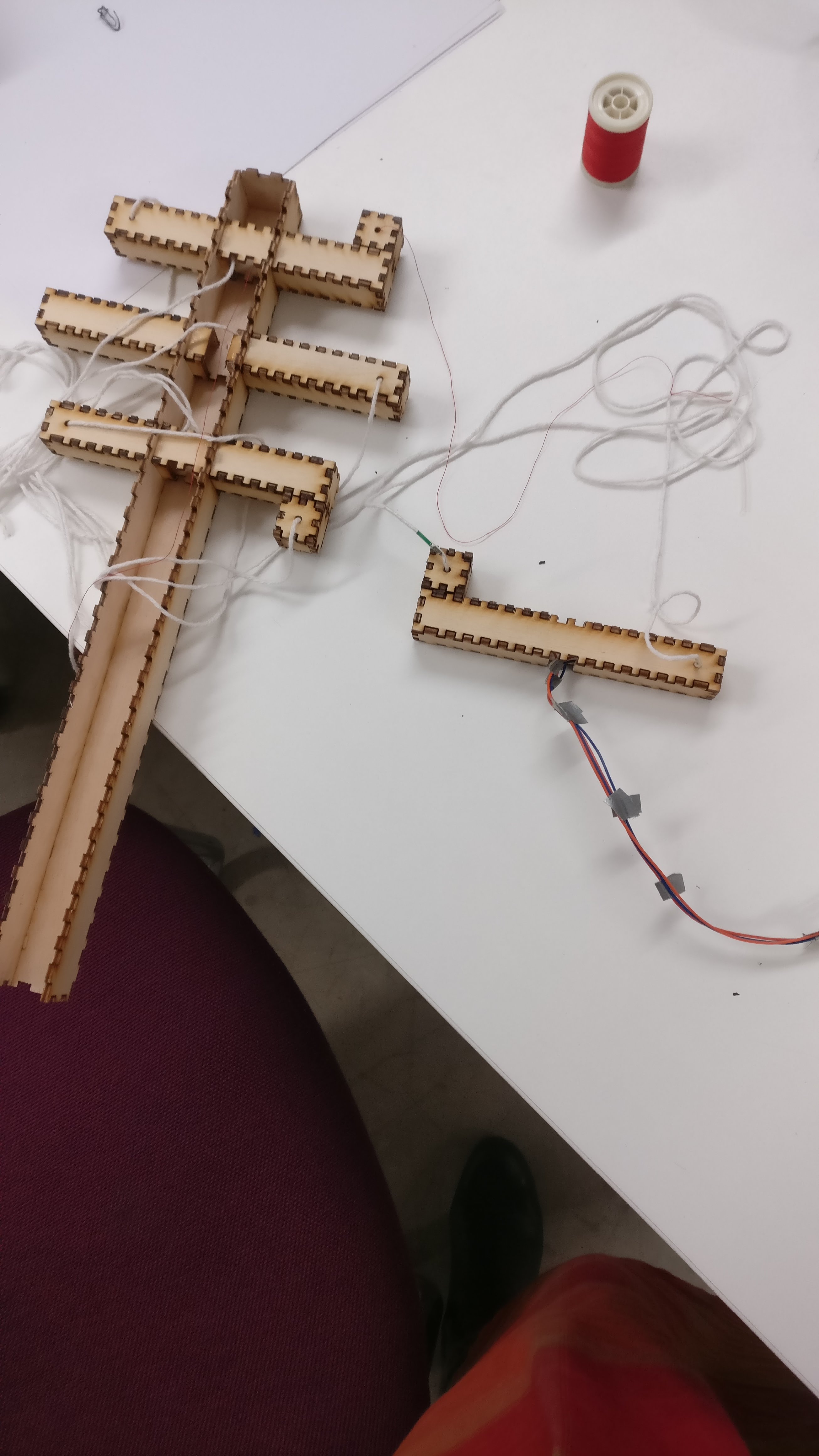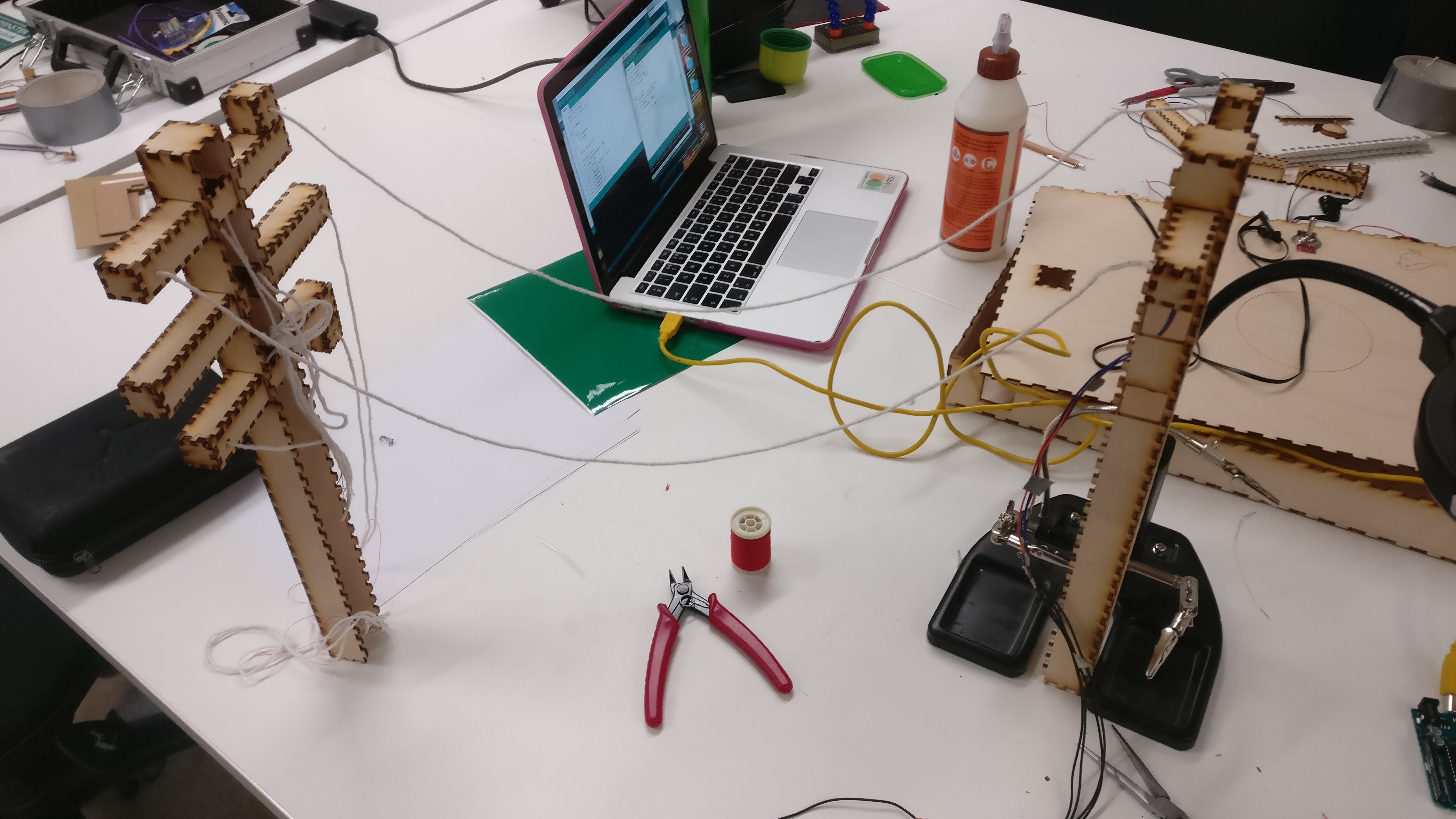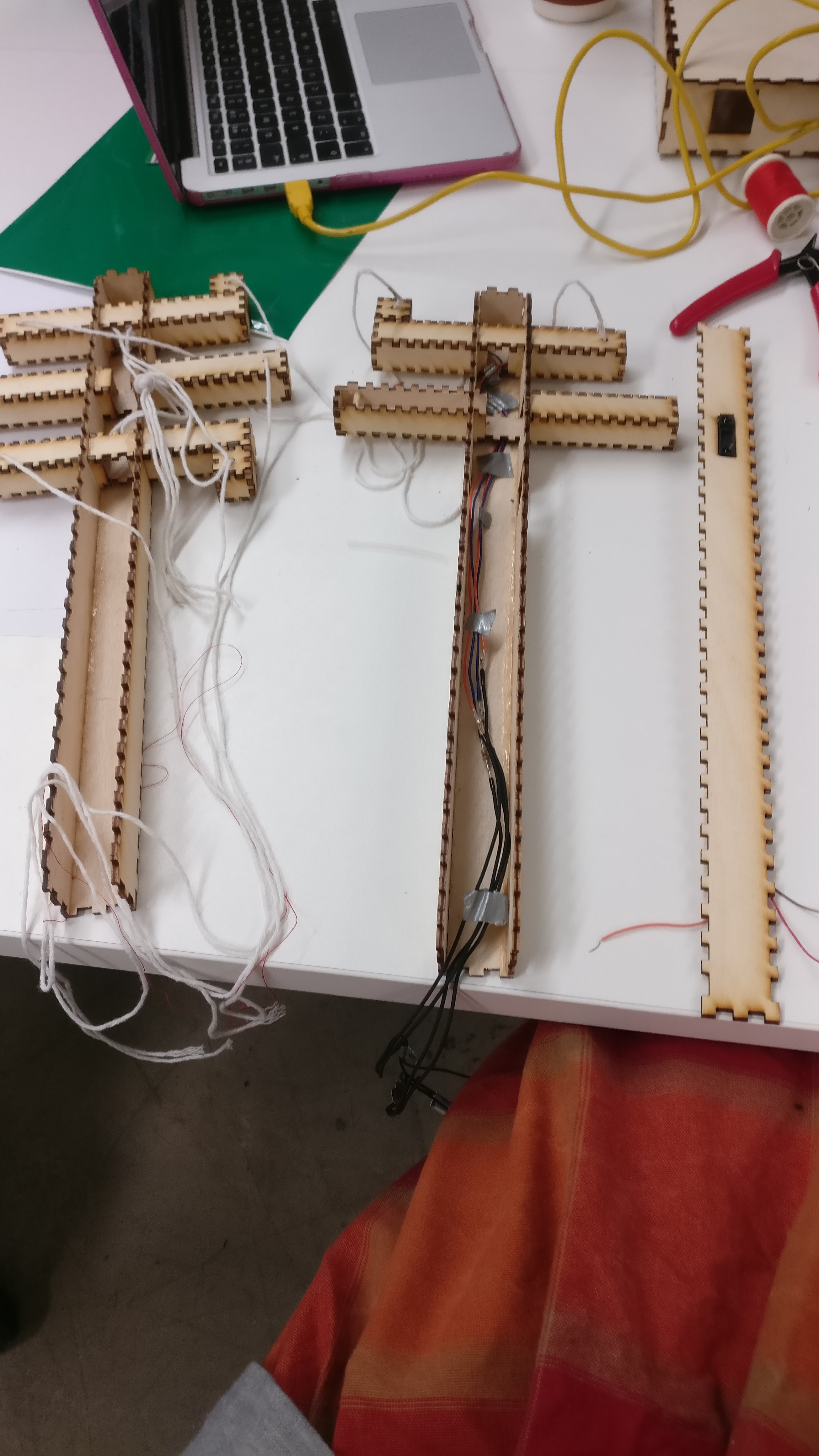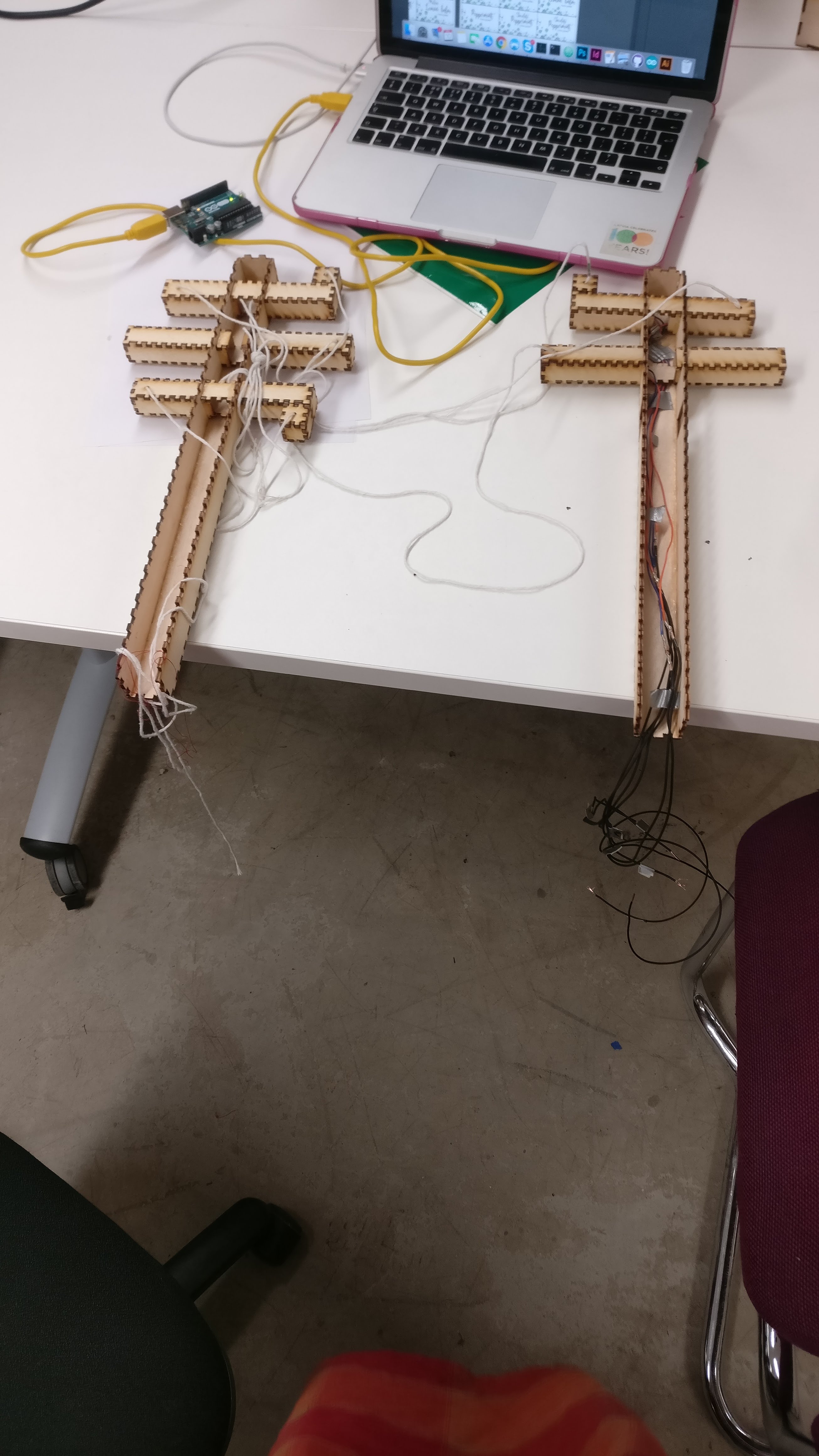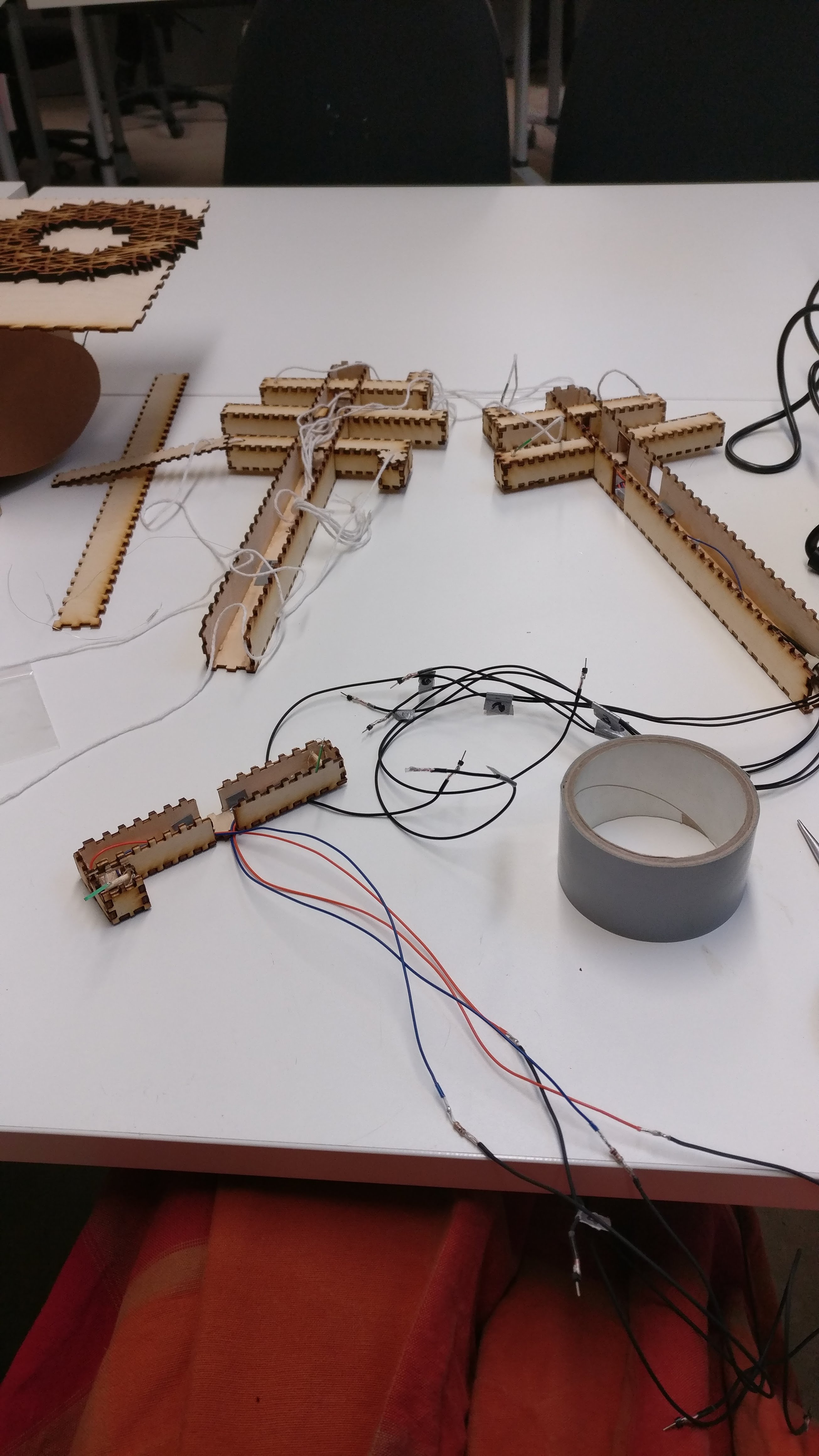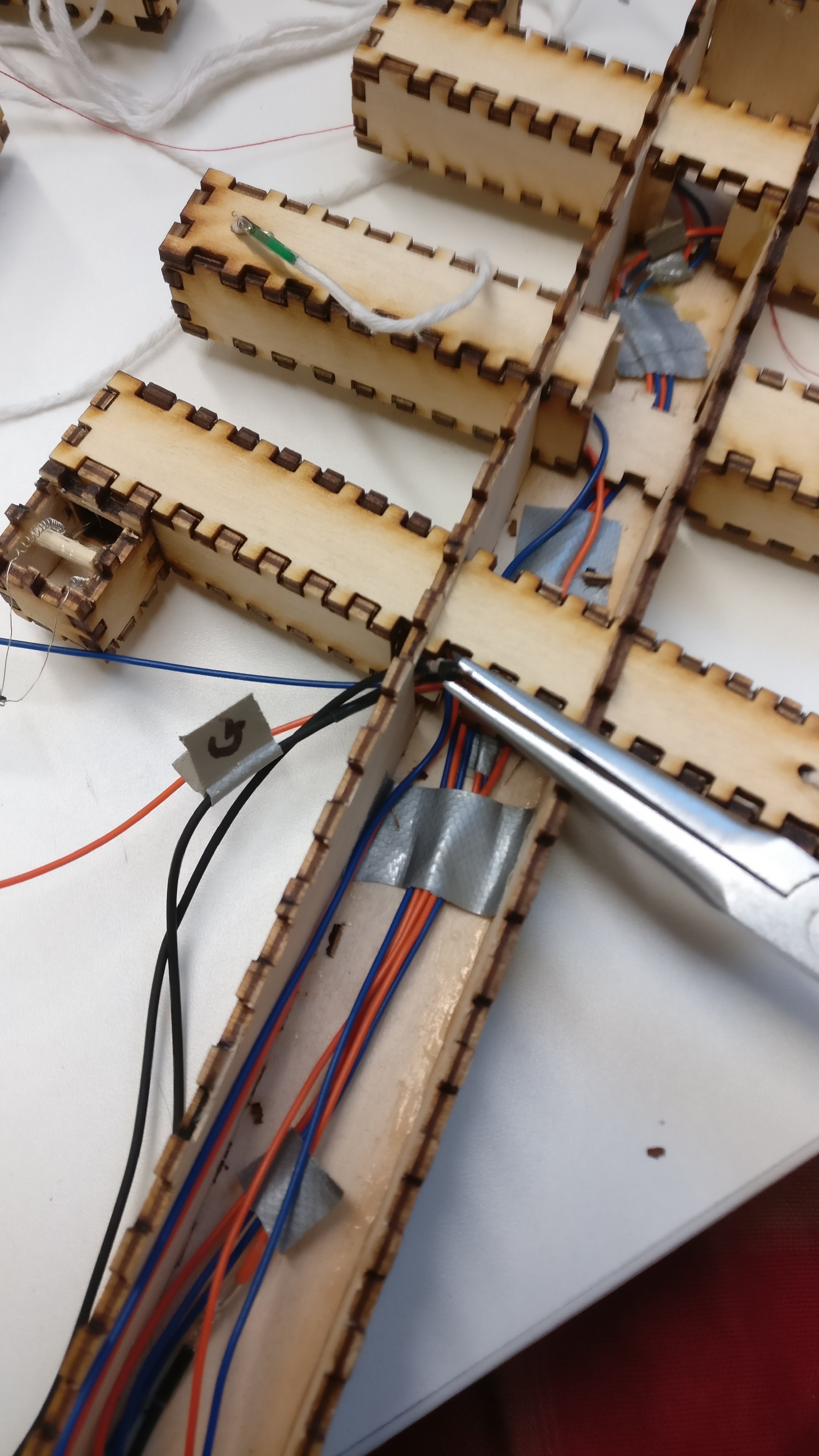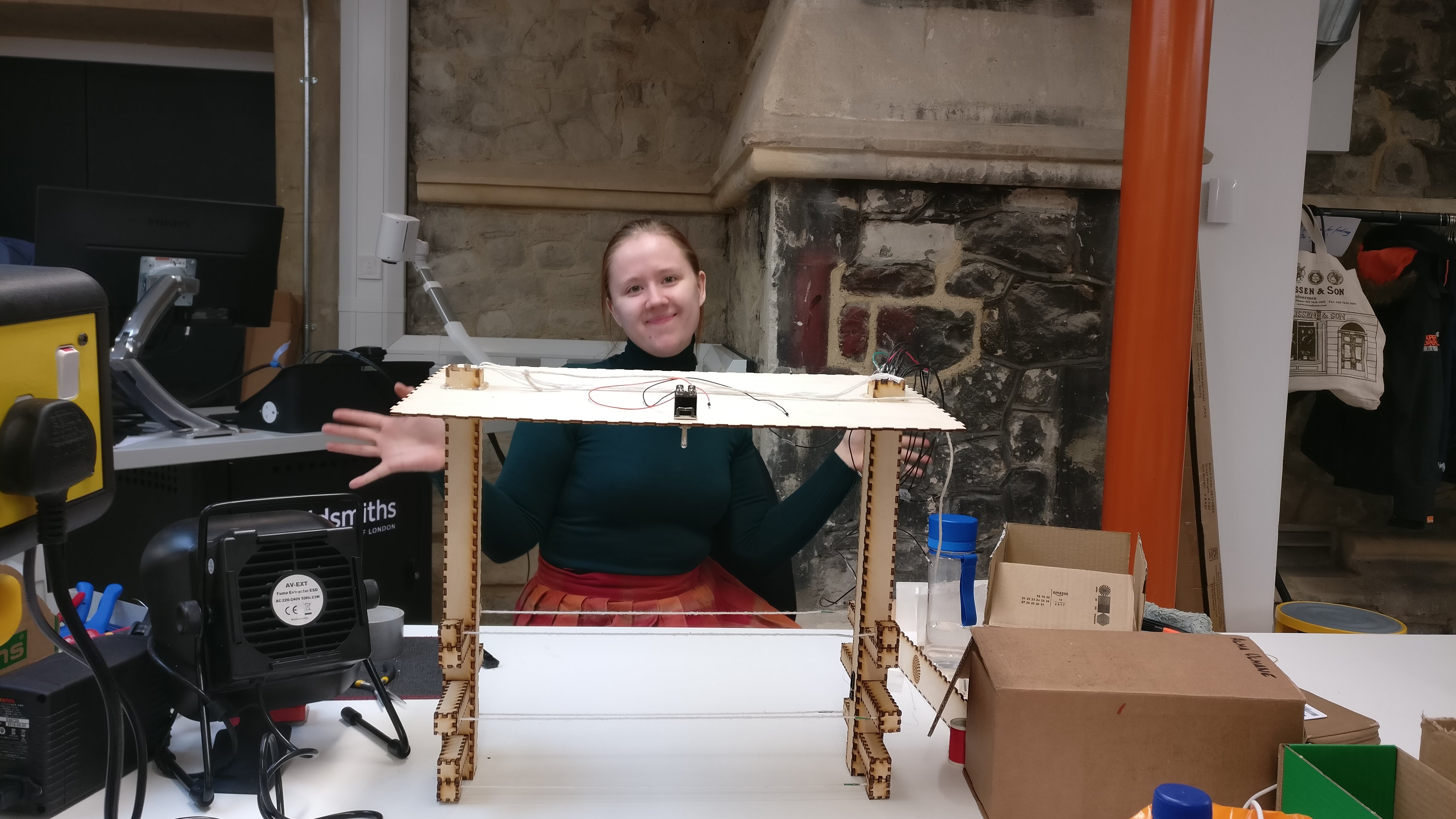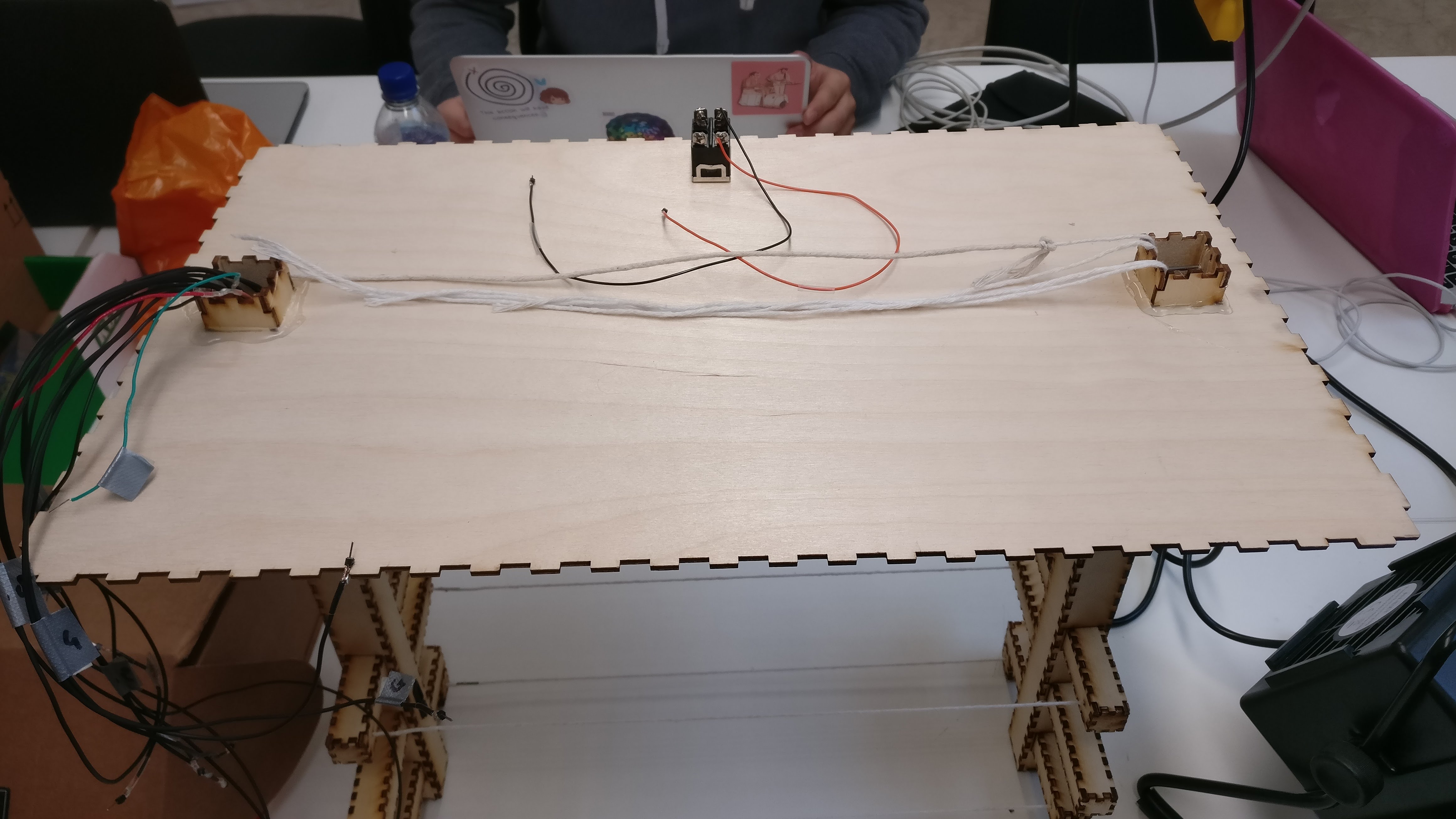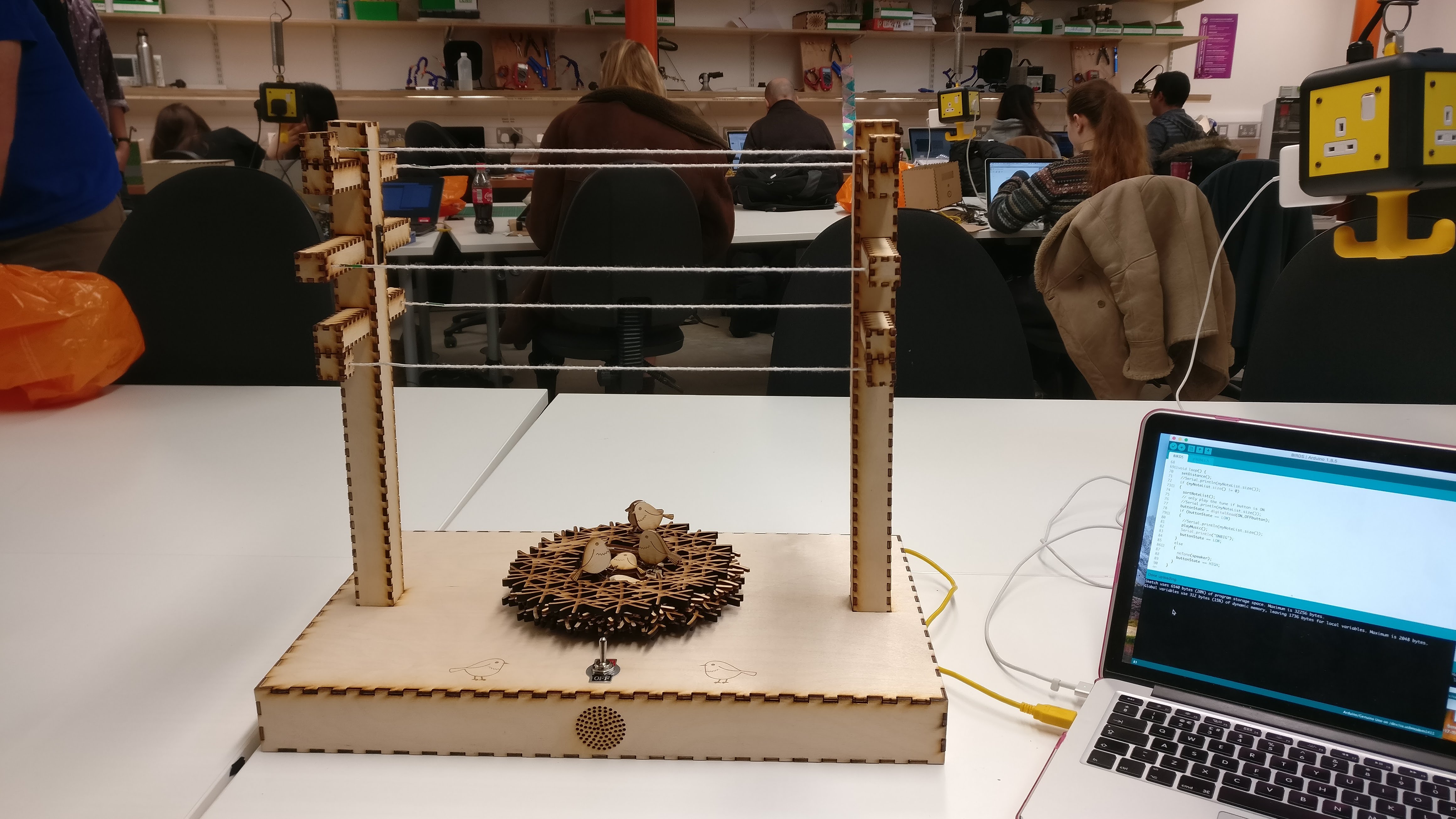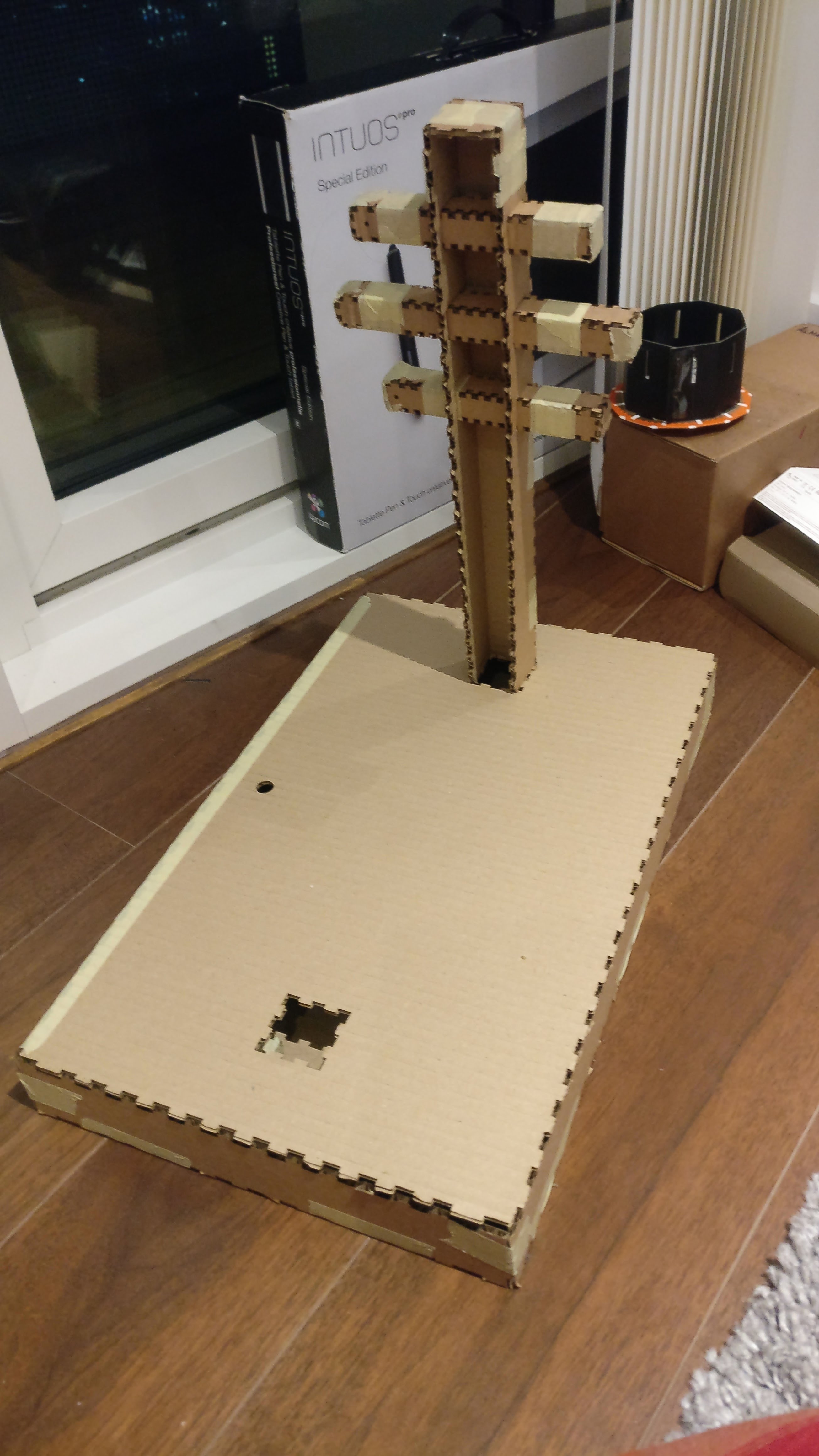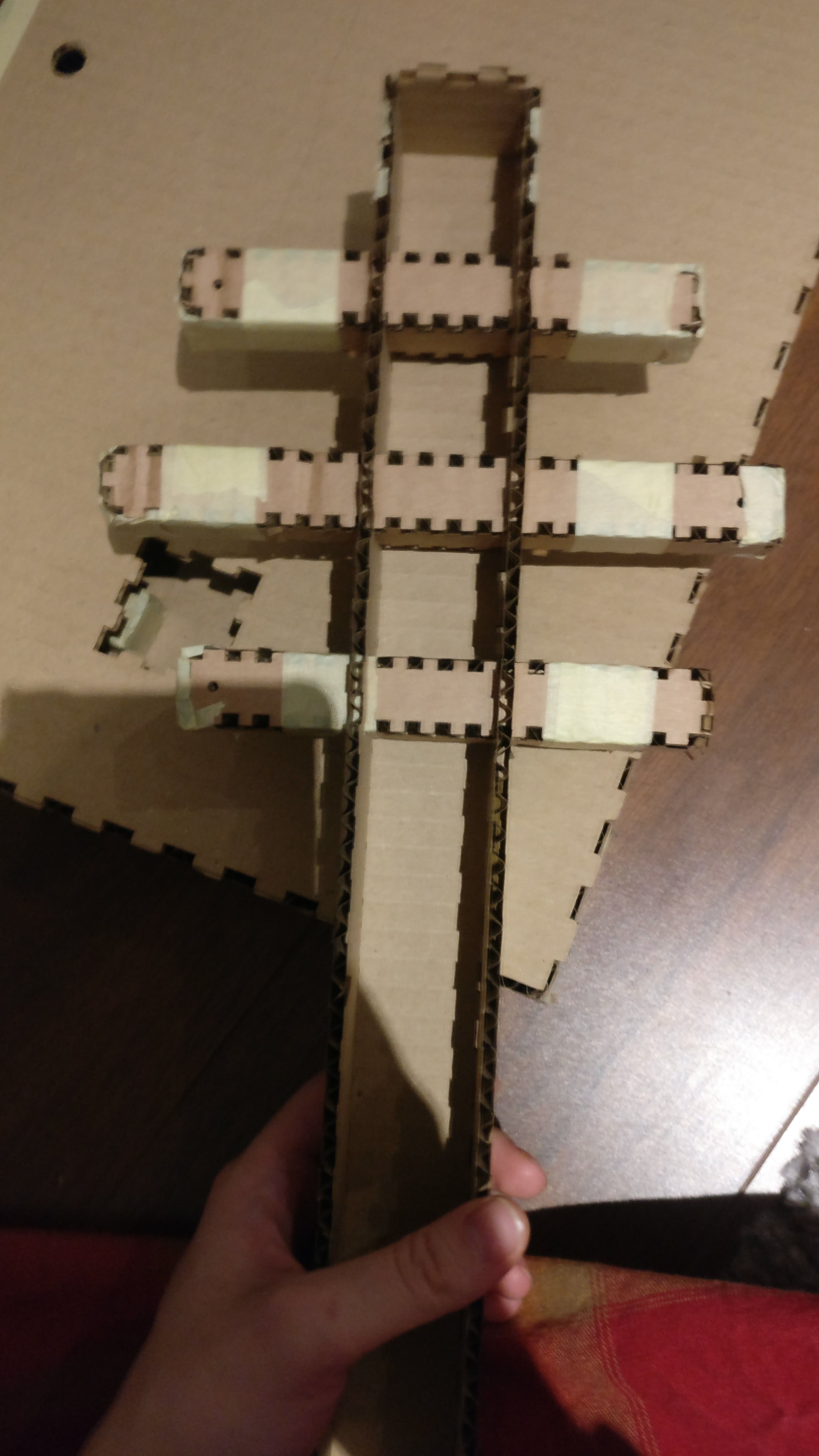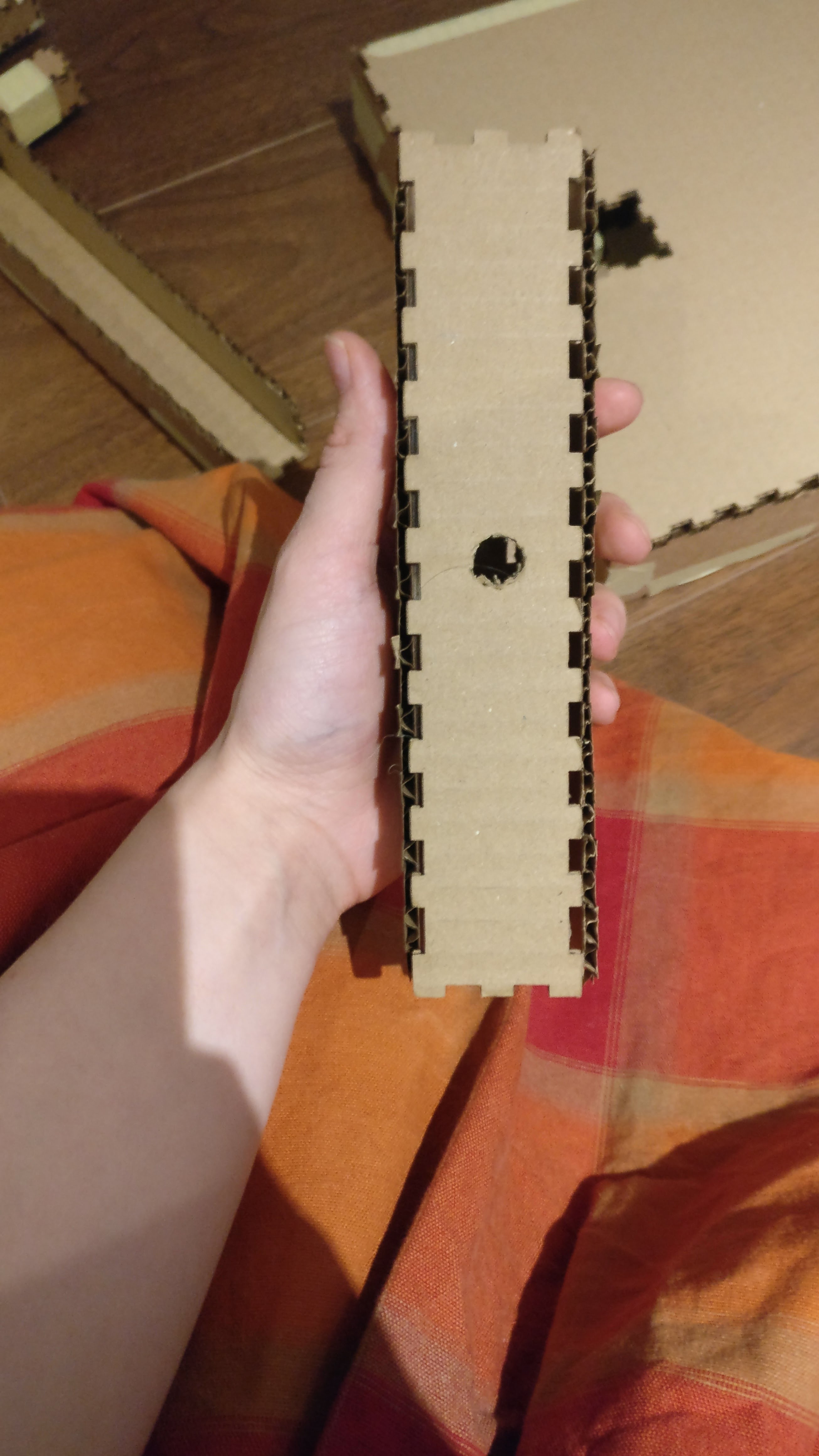The Music of the Birds
The Music of the Birds is an interactive compositional tool inspired by birds sitting on electricity wires. The aim is to invite the user to explore ones hidden composer in a playful way by moving the birds around on the wires.
produced by: Alma Ulmane
The Idea
The music of the birds was inspired by birds sitting on electricity poles and looking just like notes on a stave. Similar work has been carried out by Jarbas Agnelli where he used a photo of birds on an electricity wire to inspire a composition. This project however focuses on the freedom that both birds have to move therefore changing the composition each time. Likewise the user has the choice to place the birds wherever desired thus creating a new melody every time.
How it works
The users are encouraged to choose a bird of their liking from the nest and set it on one of the five electricity lines. Any number of birds can be placed on the wires (provided there are enough in the nest). When the user feels like there are enough birds in their composition they can switch on the device and listen to the piece they have just created. When switching the device off all the birds have to be removed and the user can start again by either improving on their previous composition or creating something new.
Design considerations
The project was designed to convey the metaphor of signing birds as clocely as possible. Natural materials were chosen for the visible parts of the build (plywood and hemp string) and the single button the user can use is very sturdy and "clicky". The design was also tricky since the strings would have to be held taught so the final buid had to be robust enough to keep up tension as well as large enough for the user to easily place the birds.
The fabrication
Most of the fabrication was done with a laser cutter. The base and electricity poles were made with makercase and Adobe Illustrator whilst the birds are original design using Adobe Illustrator. The nest was made by creating a brush in Illustrator and applying it to an ellipse. Since a laser cutter cuts all lines the brush strokes had to be cleaned up and turned into a single object. Multiple woods of different thicknesses were stacked together to create height and add an interesting nest effect.
The circuit
The circuit itself is relatively simple using tiny vibration sensors - piezos from RS electronics and an Infra red scanner to get the distance of the hand. Since any number of birds can be placed by the user it was impossible to monitor a specific wire for distance so the distance of the users hand from the sensor proved sufficient in gauging the distance.
The code
For the code two different libraries were used - the tone library that is standard on arduino and a simple list library found on github. Since any number of birds can be placed a list is a better way to store the bird information. A list is similar to an array but starts out empty and every time a obbject is added its size increases. A bird class was created to store the location and wire of each bird. The list library used also contained a sorting algorithm so the birds would be sorted in the order they appear on the string not the order in which they were placed.
Future development
Currently the sound coming from the speakers is just the generic tone library buzzing and it would be great for in the future to generate actual bird chirping. Other possible improvements would be to change the size of the tails of the birds and therefore change the duration of the notes played. This however would need a rehaul of the entire system perhaps using a weight sensor. Weight sensors could also come in useful for knowing if birds were added to the wire or taken off as the system could sense the weight on each wire but more development is required.
Known issues
The birds need to be taken down by the user after the device is switched off otherwise the system doesn't remember the previous locations of the birds.
The wires are not quite taught enough meaning the piezos aren't 100% reliable on detecting a bird being placed upon the wire.
References
Work by Jarbas Agnelli https://vimeo.com/6428069
Tone library in arduino https://github.com/bhagman/Tone
Library used for creating a list in arduino https://github.com/ivanseidel/LinkedList
